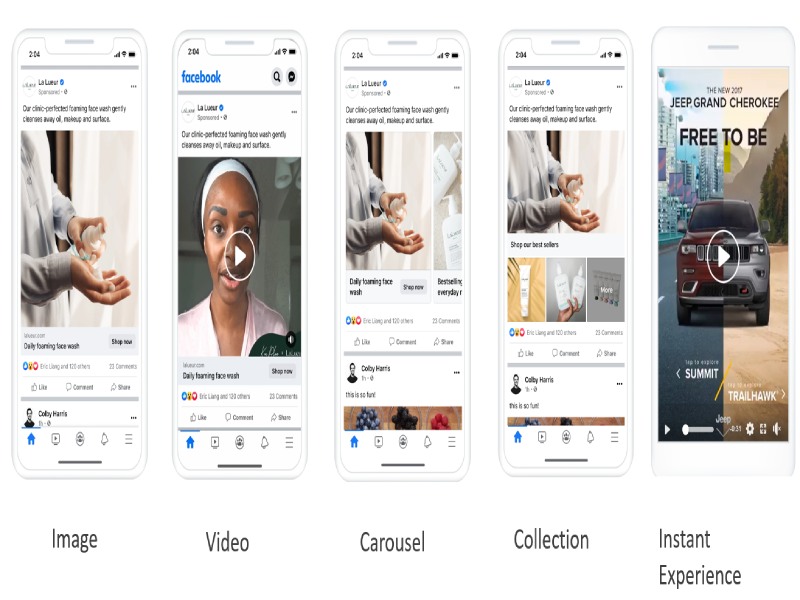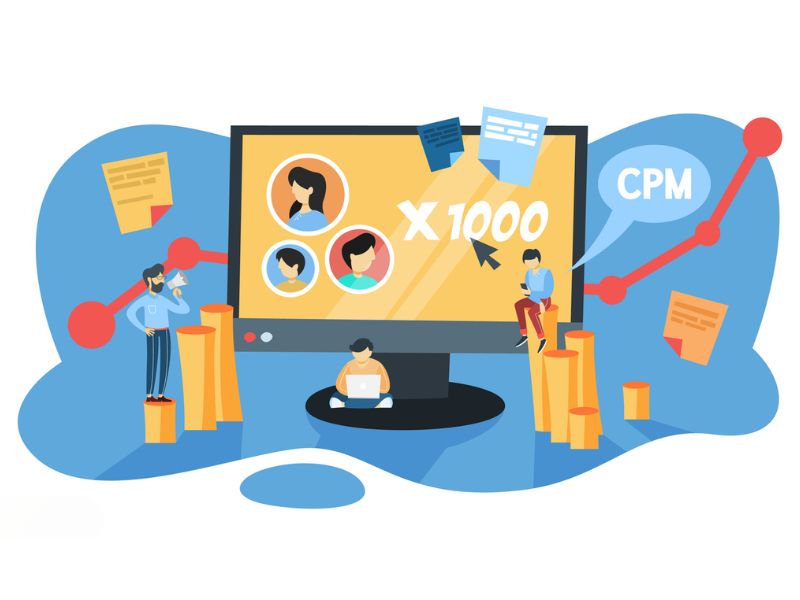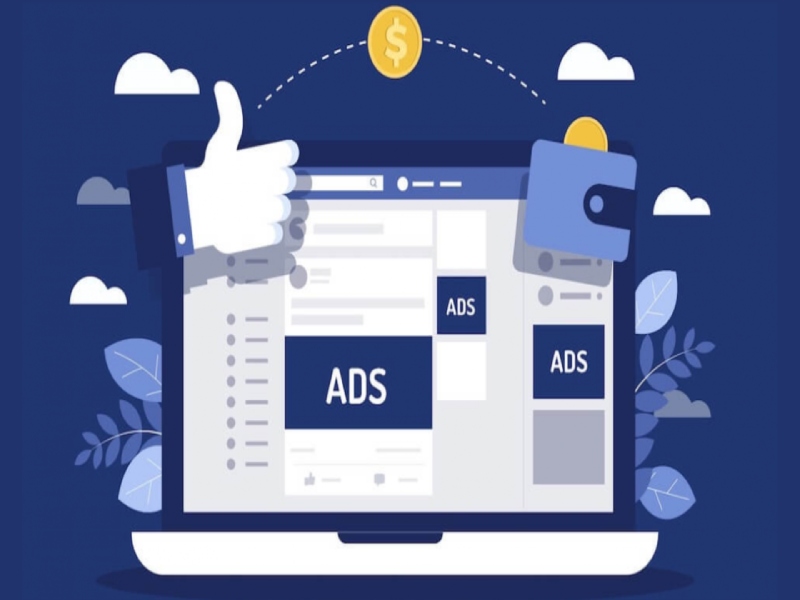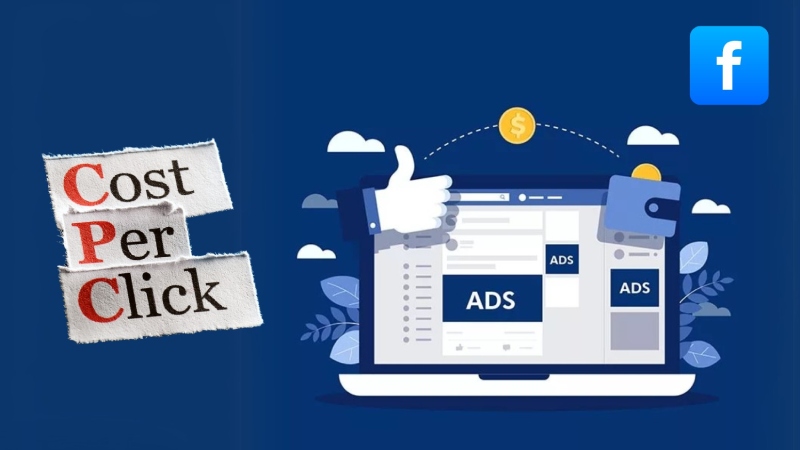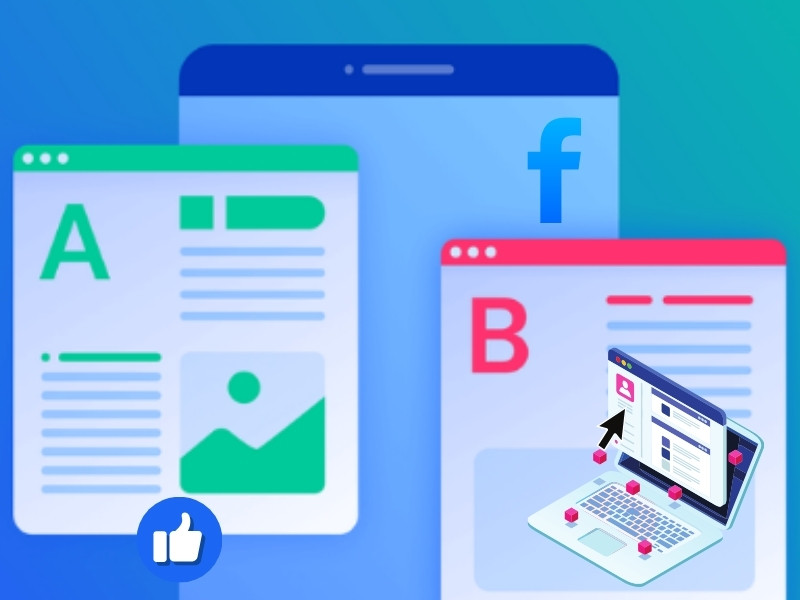Google Ads or Facebook Ads for dropshipping are the top advertising platforms, known for their large audiences and efficient promotional techniques. When applied properly, both can produce good conversion rates. In this article, NEMI Ads will compare these two options to help you make an informed decision.
1. What Do Google Ads and Facebook Ads Have in Common?
Both Google Ads and Facebook Ads are powerful digital advertising platforms that offer businesses a range of capabilities for reaching their target audiences effectively. Here are some commons between them:
- Effective audience reach: Both platforms excel at helping businesses reach their target audiences. Whether through Google’s search engine results or Facebook’s vast social network, these platforms ensure your ads are seen by the right people, increasing the likelihood of engagement.
- Pay-Per-Click (PPC) model: Google Ads and Facebook Ads both operate on a PPC basis. This means you’re only paying when a user actually clicks on your ad, making it easier to manage your advertising spend and measure the return on investment.
- Performance tracking: Each platform provides comprehensive tools for tracking ad performance. You can analyze key metrics such as click-through rates, conversion rates, and overall ROI, allowing you to fine-tune your campaigns for better results.
- Advanced targeting capabilities: Both Google Ads and Facebook Ads offer sophisticated targeting options. You can segment your audience by various factors, including demographics, interests, and online behaviors, ensuring your ads reach those most likely to convert.
- Budget management: Both platforms give you control over your ad budgets. You can set daily or lifetime budgets and adjust your bidding strategy, giving you the flexibility to maximize your ad’s impact while staying within your budget.
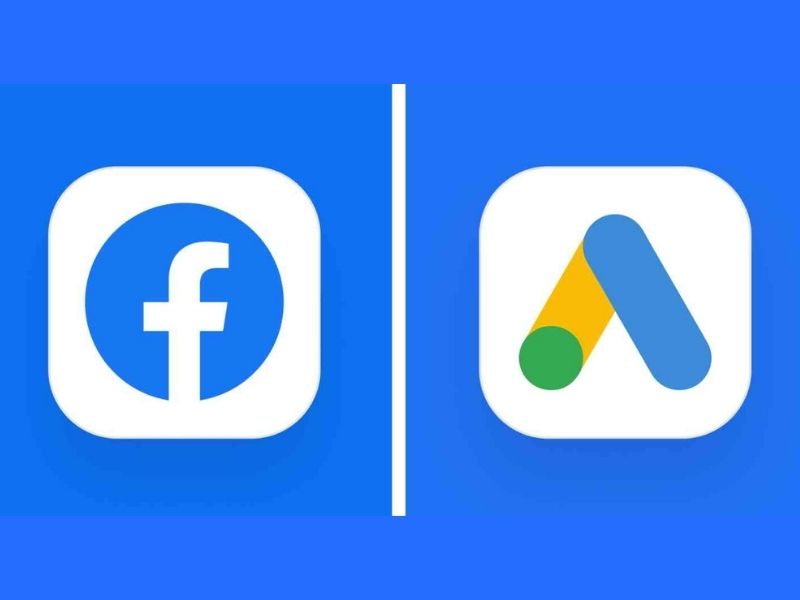
Overall, while each platform has its unique features and strengths, Google Ads and Facebook Ads share several fundamental aspects that make them valuable tools for digital advertising.
2. Differences between Google Ads and Facebook Ads
Here’s an overview on the key differences between Google Ads and Facebook Ads:
| Criteria | Google Ads | Facebook Ads |
| User targeting objectives | Users who are actively searching for products or services through Google (search engines). | Users with social media interactions, based on interests and behaviors. |
| Ad formats | Most common: Search ads – appear on search results pages. Other formats: Display ads, shopping ads, and YouTube ads. | Wide variety of formats: Carousel ads, video ads, and instant news feed ads, taking full advantage of interactive and visual features. |
| Audience segmentation capabilities | Segmentation based on keywords and search history, allowing you to reach users when they are searching for specific products or services. | Segmentation based on demographics, interests, and behaviors helps create more personalized ad campaigns. |
| Display speed and effectiveness | Deliver fast results by reaching users right when they’re searching for your product or service. | Focus on building long-term relationships and interactions, which may take more time but create brand loyalty. |
2.1. User Targeting Objectives
Google Ads
This platform excels at reaching users who are actively searching for products or services through its search engine. Google Ads targets individuals who have a clear intent to purchase, as they are specifically looking for solutions related to their needs. This proactive search behavior allows advertisers to engage with potential customers at a crucial point in their buying journey.
Facebook Ads
In contrast, Facebook Ads targets users based on their interactions on social media, leveraging their interests and behaviors. This approach allows Facebook Ads to reach individuals in a more indirect manner, often creating new demand by presenting ads that align with users’ social activities and preferences. It’s about catching users’ attention and sparking interest, even when they are not actively searching for a product.
2.2. Ad Formats
Google Ads
The most recognized format is search ads, which appear on Google’s search results pages when users enter relevant queries.
Additionally, Google Ads offers display ads, shopping ads, and YouTube ads. Each format provides different ways to engage users, from visual banner ads on websites to product listings and video ads, catering to various stages of the customer journey.
Facebook Ads
Facebook provides a broader range of ad formats, including carousel ads, single image ads, video ads, and instant articles.
These formats are designed to maximize interaction and visual appeal. Carousel ads allow for multiple images or videos in a single ad, while video ads can capture attention with dynamic content. Instant articles offer an immersive experience right in users’ news feeds.
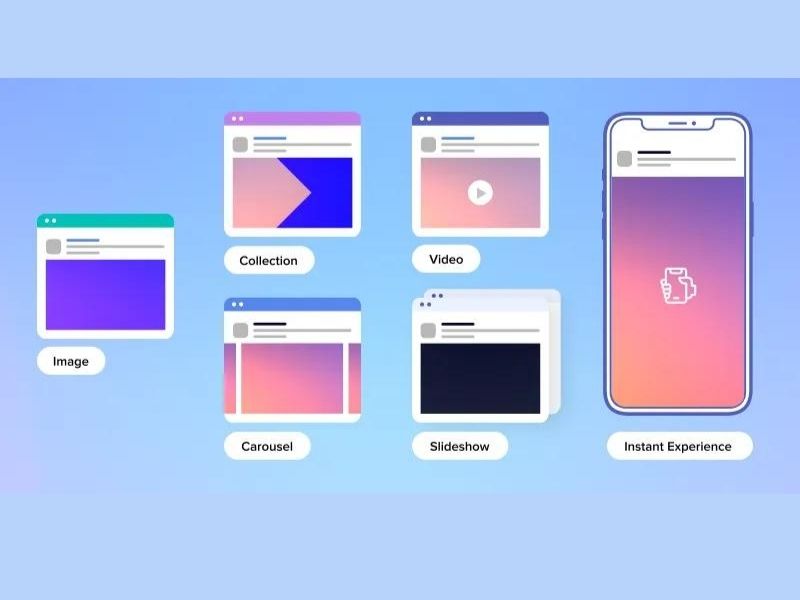
2.3. Audience Segmentation Capabilities
Google Ads
Segmentation is based on keywords and search history, enabling advertisers to target users actively searching for specific products or services. This keyword-driven approach ensures that ads are shown to users at a moment when they are expressing intent, making the targeting highly relevant and immediate.
Facebook Ads
Facebook offers advanced segmentation based on demographics, interests, and behaviors. This allows for highly personalized ad campaigns tailored to users’ profiles and activities. Advertisers can create detailed audience segments to ensure that their ads are shown to individuals who are most likely to be interested in their offerings, based on their social and online behavior.
2.4. Display Speed and Effectiveness
- Google Ads: This platform delivers quick results by reaching users precisely when they are searching for relevant products or services. The immediacy of search ads can lead to fast conversions and is effective for driving instant traffic and sales.
- Facebook Ads: While Facebook Ads may take longer to build momentum, they focus on fostering long-term relationships and engagement. This approach can develop brand loyalty over time as users repeatedly interact with your ads and content. The gradual build-up can be highly effective for establishing a strong brand presence and nurturing customer loyalty.
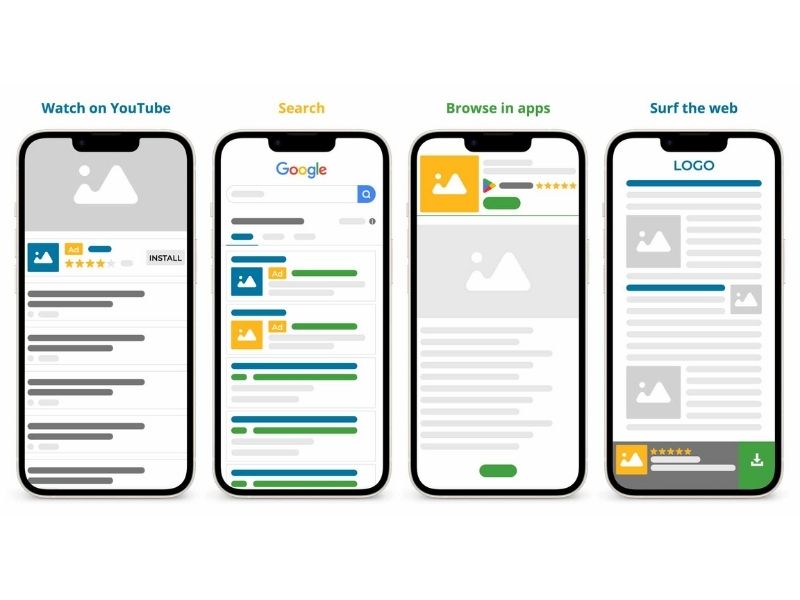
3. Google Ads or Facebook Ads for Dropshipping: Which is The Best Option?
When it comes to choosing between Google Ads and Facebook Ads for dropshipping, it is essential to understand the strengths and weaknesses of each advertising platform to make an informed decision. Here is a comparison table between the two options in terms of conversions, ease of use, costs involved, etc.:
| Target | Google Ads | Facebook Ads |
| Conversion Rate | Google Ads reaches users searching for similar products, increases conversion rates, and generates qualified traffic. | Facebook targets by interests, behaviors, demographics, which helps reach a wider audience, but conversions are harder because users are not always in buying mode. |
| Ease of Use | Can be more complex for beginners. It requires a good understanding of keywords, bids, and different types of ad campaigns. | The user interface is more intuitive, making it easier for beginners. Campaign configuration is often simpler and targeting can be done with user-friendly options.⇒ Facilitates the quick deployment of advertising campaigns. |
| Cost | CPCs on Google Ads can be high, especially with competitive keywords, but conversions can offset the cost if the ad is targeted and relevant to the user’s search. | CPC on Facebook Ads is often cheaper than Google Ads => a more economical choice to reach a large number of people. However, conversions may be less direct, requiring more clicks to make a transaction. |
| Size | PPC pricing makes it difficult to predict costs without a detailed strategy | Easily adjust your budget limit as needed based on campaign performance. |
| Target Audience | Target users by search intent, helping to reach people with specific needs and increase conversion rates. | Advanced targeting by interests, behaviors, and demographics, which helps reach a wider audience, but they may be less ready to buy right away. However, creating Lookalike audiences from existing customers is very effective in finding new customers. |
| Purchase Intent | Personalized ad campaigns are effective for all intents including brand awareness and impulse purchases | Best for sales when searchers are almost ready to buy and know what they want. |
| Buy Cycle Stage | Google Ads is most effective with users at the end of the buying cycle, when they are actively searching for a product or solution, suitable for products with quick purchase decisions. | Facebook is great for reaching people early in the buying cycle, helping to create demand and spark interest from people who are not yet familiar with your brand. |
| Ad Placement | Google search results, shopping, website displays, and YouTube | Facebook newsfeed, videos, video feeds, marketplace, messenger, stories, etc. |
| Creative | Choose creative based on placements like search, display, or shopping | Ideal for attention-grabbing visual content like images and videos. |
| Performance Analysis | Google Ads provides detailed reporting and metrics that help advertisers analyze campaign performance by keyword, ad, and extension, and optimize results. | Facebook provides detailed metrics for a variety of engagement types. Pay attention to metrics that align with your goals, like conversions and video views. |
Typically, Google Ads are better suited for generating sales, while Facebook Ads are better suited for building brand awareness and connecting with customers.
3.1. When to use Google Ads
- Products with clear demand: You’re dropshipping phone accessories, like iPhone cases or power banks. Customers often search directly on Google for these products when they need to buy them right away. Google Ads will help you show up in search results when customers type in keywords like “buy cheap iPhone cases.”
- Focus on specific keywords: You sell home fitness equipment, like treadmills or resistance bands. Customers might search for keywords like “best treadmill for home” or “buy resistance bands online.” Google Ads will help you show your ads at the exact moment customers are in the market, increasing your conversion rate.
- Competing in a large market: You’re selling popular office supplies like pens, notebooks, or staplers. This is a large market with many suppliers. Google Ads lets you optimize your ad campaigns for specific keywords like “high quality ballpoint pens” to stand out from the competition.
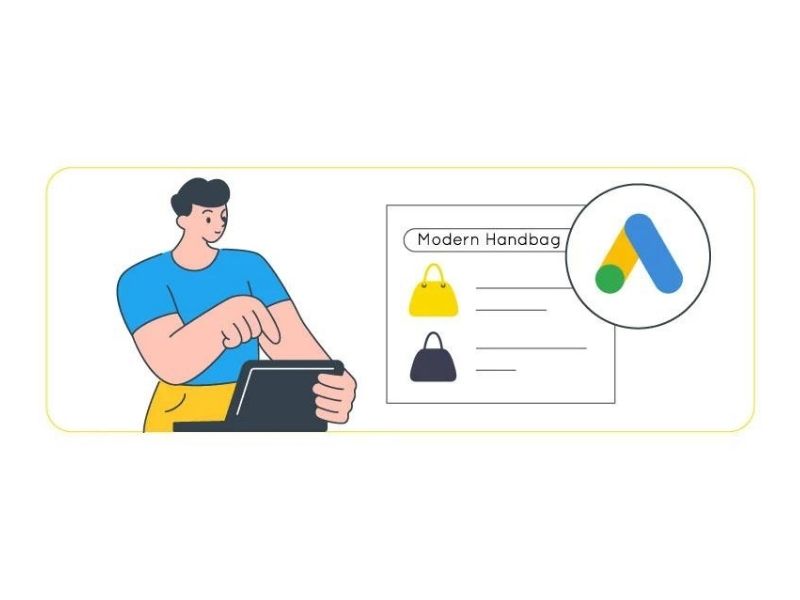
3.2. When to use Facebook Ads
- Unique or Under-the-Range Products: You’re dropshipping unique handmade products, like wooden jewelry or creatively designed nightlights. These products may not be something customers are actively searching for, but Facebook Ads can help you create awareness and demand by targeting people with interests in art or home decor.
- Target by Interest and Behavior: You’re selling bohemian-inspired fashion clothing. Facebook Ads will allow you to target people with interests related to fashion, a free-spirited lifestyle, or people who have previously shopped for similar clothing. You can use eye-catching image ads or short videos to pique their interest.
- Build long-term relationships: You’re selling natural skin care products. Facebook Ads allows you to create retargeting campaigns to remind customers about your products, offer special deals, or share beauty tips through video content. This helps you build a community of loyal customers who come back to buy again and again.
For example, if you sell practical items like ergonomic chairs, Google Ads can help you reach users who are actively searching for these products to drive quick sales.
On the other hand, if you run a trendy tech gadget store that aims to build brand awareness, Facebook Ads may be better. They can help attract tech enthusiasts and create long-term brand loyalty, even if immediate sales are not guaranteed.
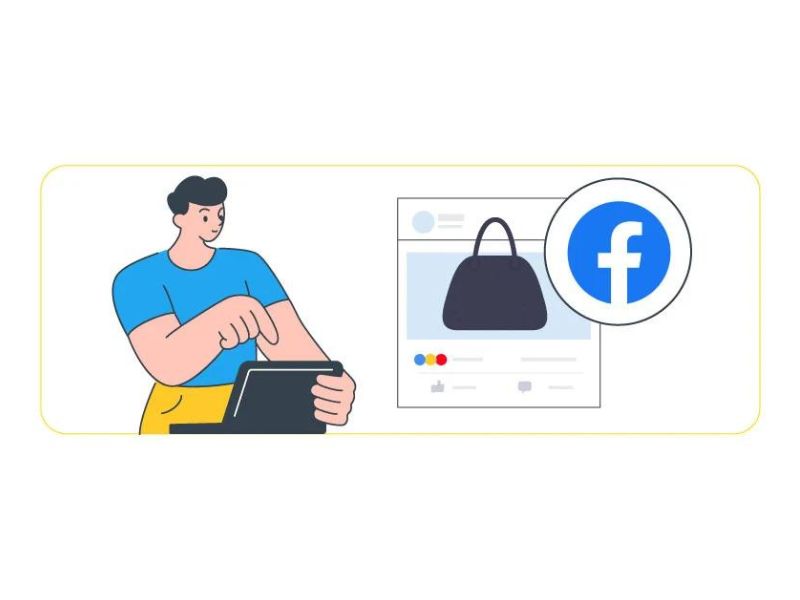
4. Facts you should know: How do Google Ads and Facebook Ads work for dropshipping?
4.1. Google Ads for Dropshipping
Google Ads operates on a bidding and keyword-based system, which is crucial for dropshipping businesses looking to drive targeted traffic and increase sales. Here’s how to make it work effectively:
- Create a Campaign: Start by selecting the type of campaign that aligns with your goals, such as Search, Display, or Shopping. Each type serves a different purpose:
- Search Campaigns target users actively searching for products or services similar to yours.
- Display Campaigns use visual ads to reach users across the web, ideal for brand awareness.
- Shopping Campaigns showcase your product listings directly in search results, perfect for e-commerce.
- Set Your Objectives: Define what you want to achieve with your campaign. This could be driving sales, generating leads, or increasing website traffic. Clear objectives help in tailoring your strategy and measuring success.
- Budget and Bidding: Allocate your budget and choose a bidding method that suits your needs:
- Cost-Per-Acquisition (CPA) for paying per conversion.
- Cost-Per-Click (CPC) for paying per click on your ad.
- Cost-Per-Mille (CPM) for paying per thousand impressions.
- Adjust your bids and budget based on performance to optimize your spending.
- Keyword Selection and Ad Copy: Choose relevant keywords that potential customers might use to search for products similar to yours. Write a compelling ad copy that highlights your unique selling points and encourages clicks. Ensure that your ads are directly relevant to the keywords and landing pages.
- Monitor and Optimize: Regularly track your campaign performance using Google Ads analytics. Evaluate key metrics such as click-through rates (CTR), conversion rates, and cost per conversion. Use this data to make informed adjustments and continuously optimize your campaigns for better results.
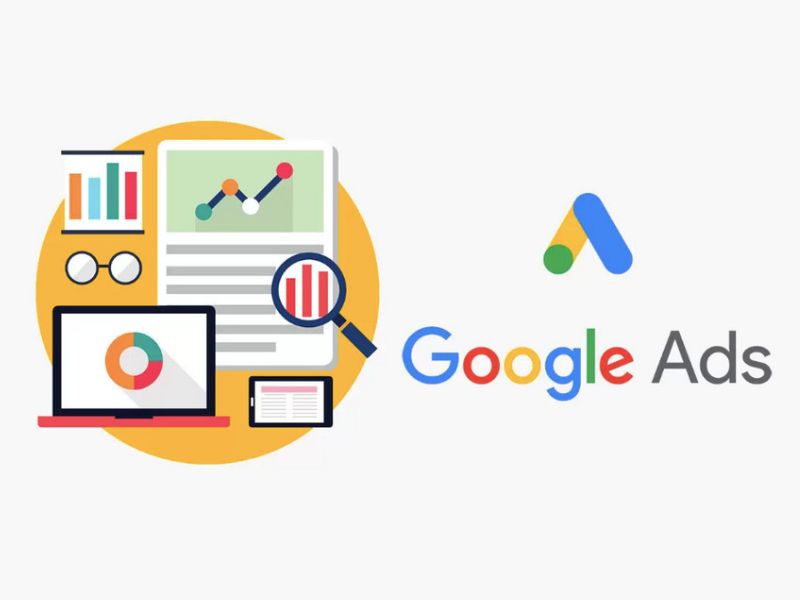
4.2. Facebook Ads for Dropshipping
Facebook Ads offers a robust platform for targeting users based on detailed demographic and behavioral data, making it ideal for dropshipping businesses aiming to engage with potential customers on a more personal level. Here’s how to leverage Facebook Ads effectively:
- Create a Campaign: Begin by selecting a marketing objective in Facebook Ads Manager that aligns with your business goals. Objectives might include brand awareness, traffic, or conversions.
- Define Your Audience: Facebook allows you to target users based on a variety of criteria:
- Demographics: Age, gender, location.
- Interests: Hobbies, activities, and likes.
- Behaviors: Purchasing behaviors, device usage, and more.
- This granular targeting helps ensure your ads reach the most relevant audience segments.
- Ad Placement: Choose where your ads will appear:
- News Feed: High visibility and engagement on users’ main feed.
- Instagram: Ideal for reaching a younger audience.
- Audience Network: Extends your reach to other apps and websites.
- Budget and Scheduling: Set your budget and schedule for the campaign. Decide whether you want to run your ads continuously or within a specific time frame. Adjust your budget based on the performance to optimize spend.
- Create Your Ads: Design engaging ads using a mix of text, images, videos, or carousel formats. Then you should ensure your ad creative is visually appealing and aligns with your brand’s messaging. Also, you can experiment with different formats to see which resonates best with your audience.
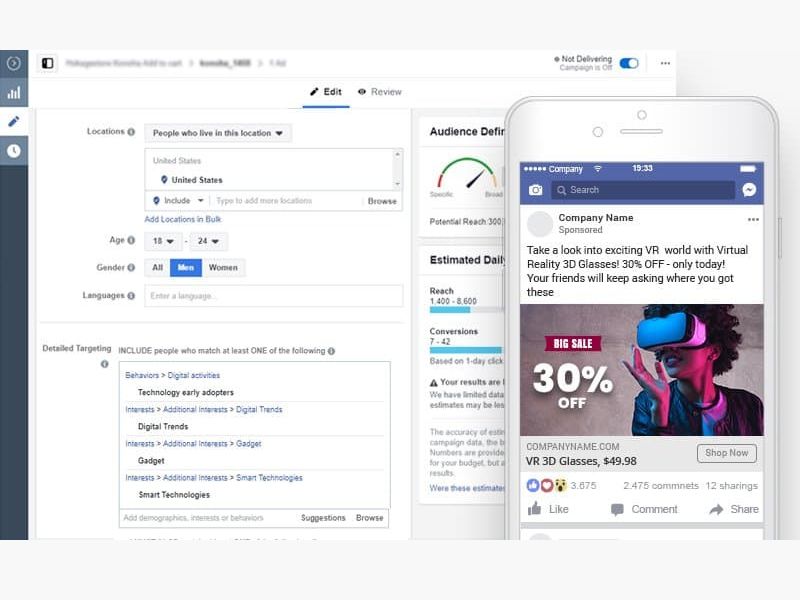
By understanding and applying these strategies, you can effectively harness the power of both Google Ads and Facebook Ads to drive traffic and sales for your dropshipping business, leveraging each platform’s unique strengths to achieve your marketing objectives.
To sum up, there is no right or wrong answer in the conflict between Google Ads vs Facebook Ads for dropshipping. It’s simply a matter of determining which choice will best help your dropshipping firm achieve its marketing objectives.
We at NEMI Ads can help you take your campaign to the next level with our invoice advertising rental services. Contact us today to learn more about our full services for starting a successful dropshipping business.
